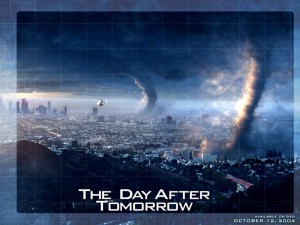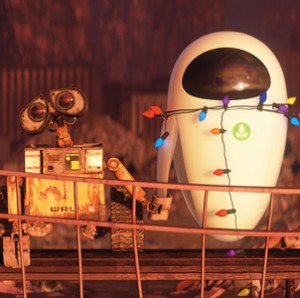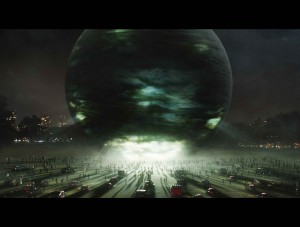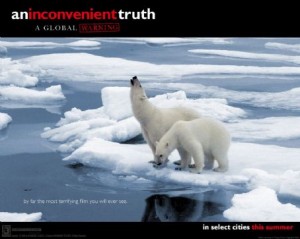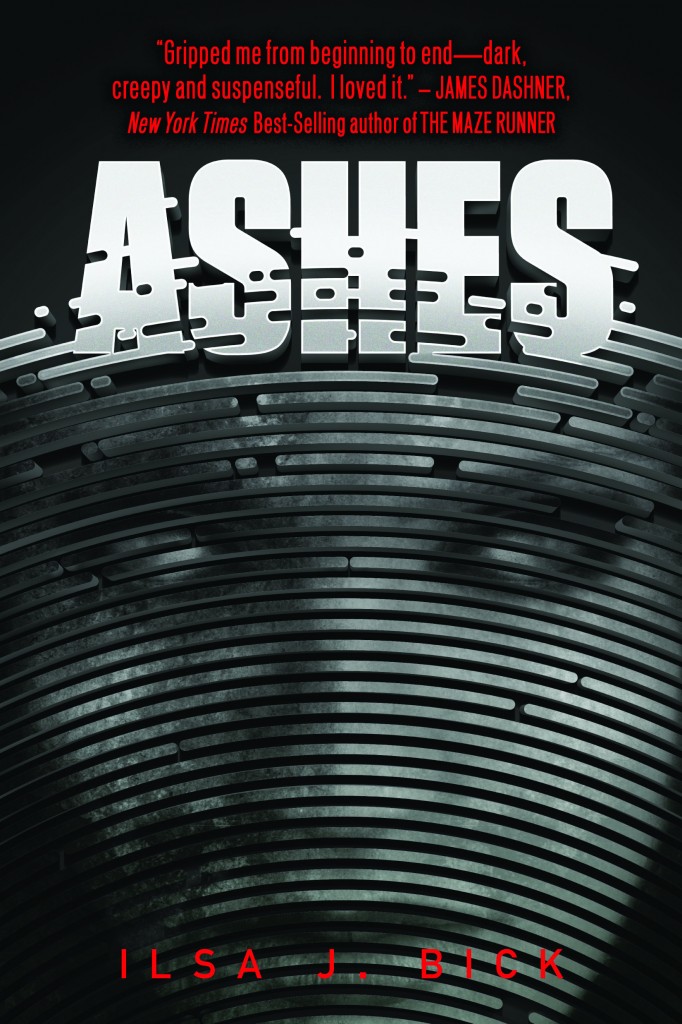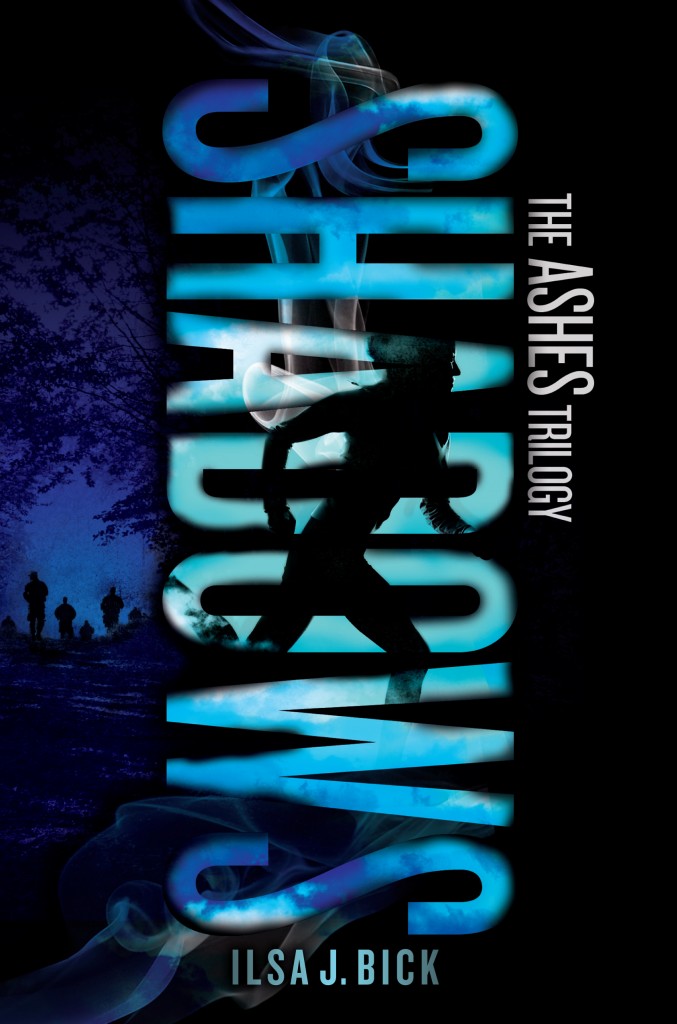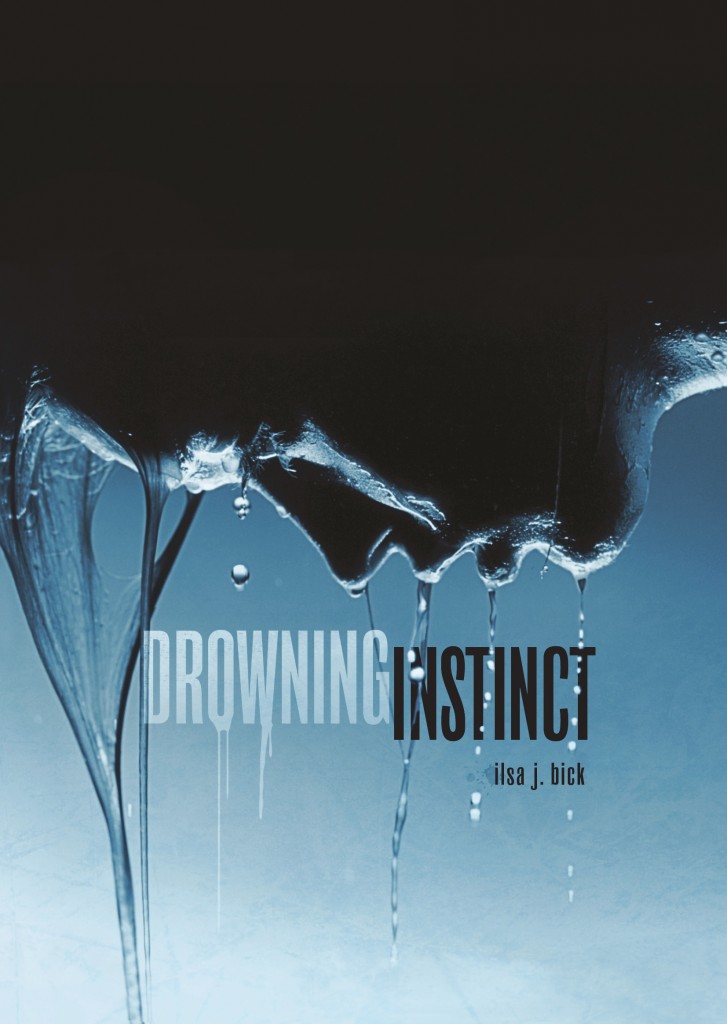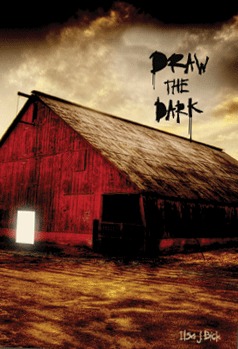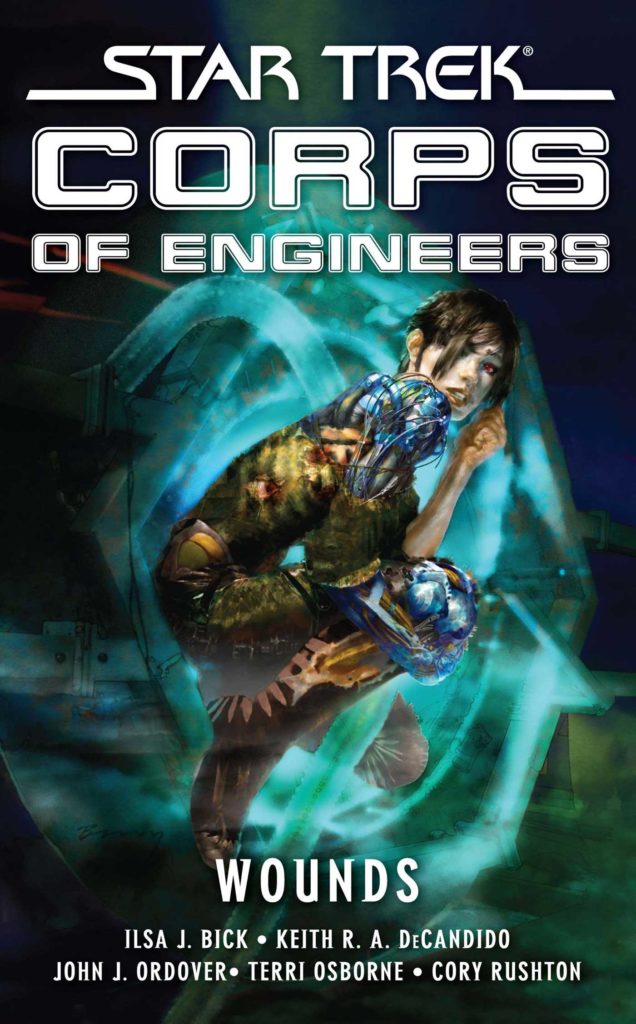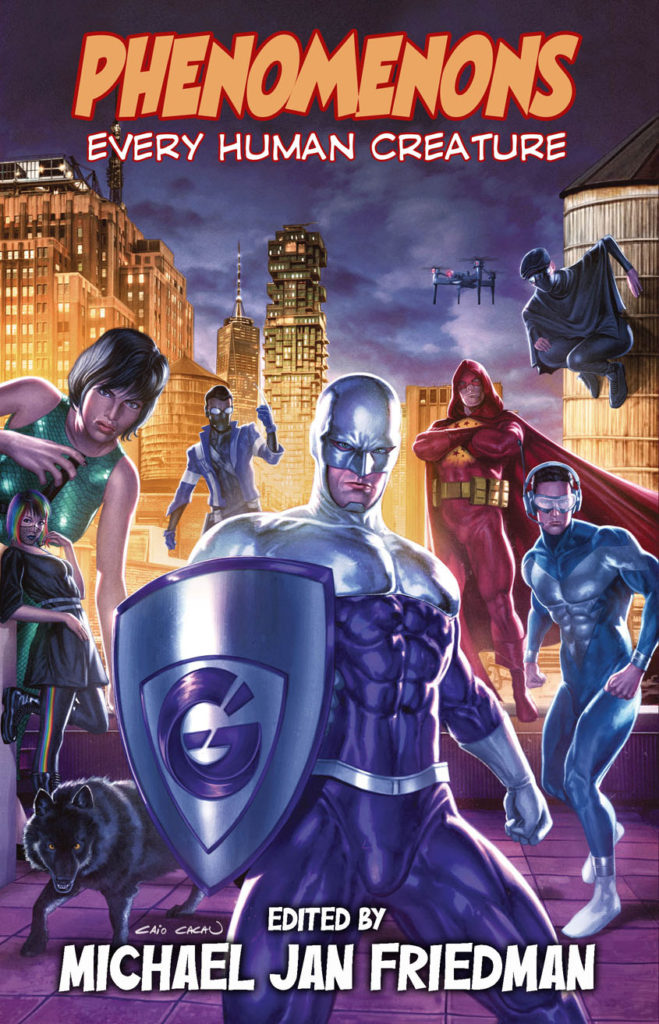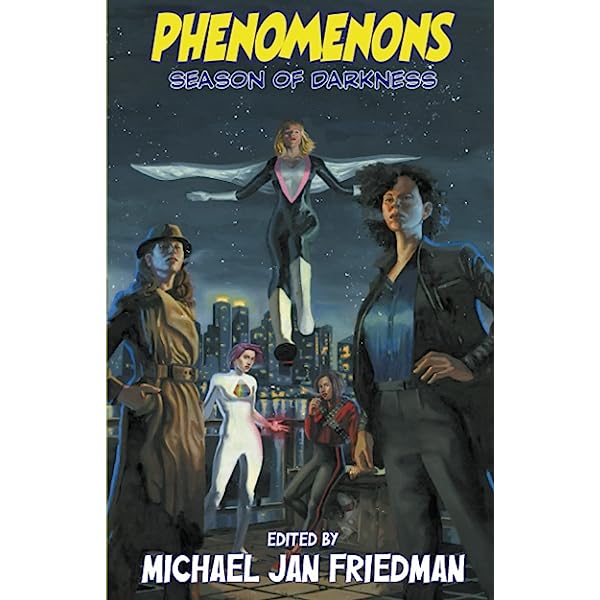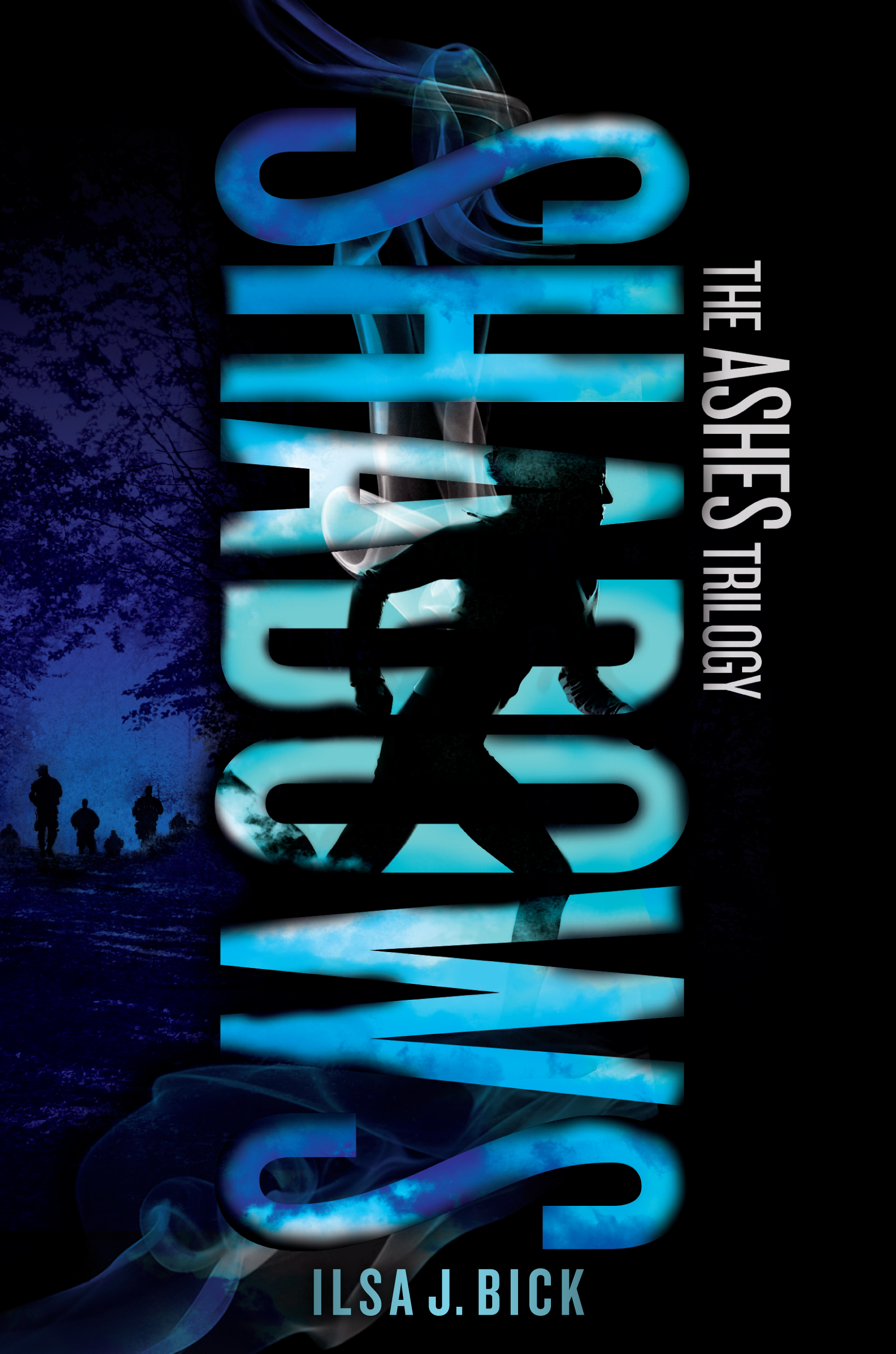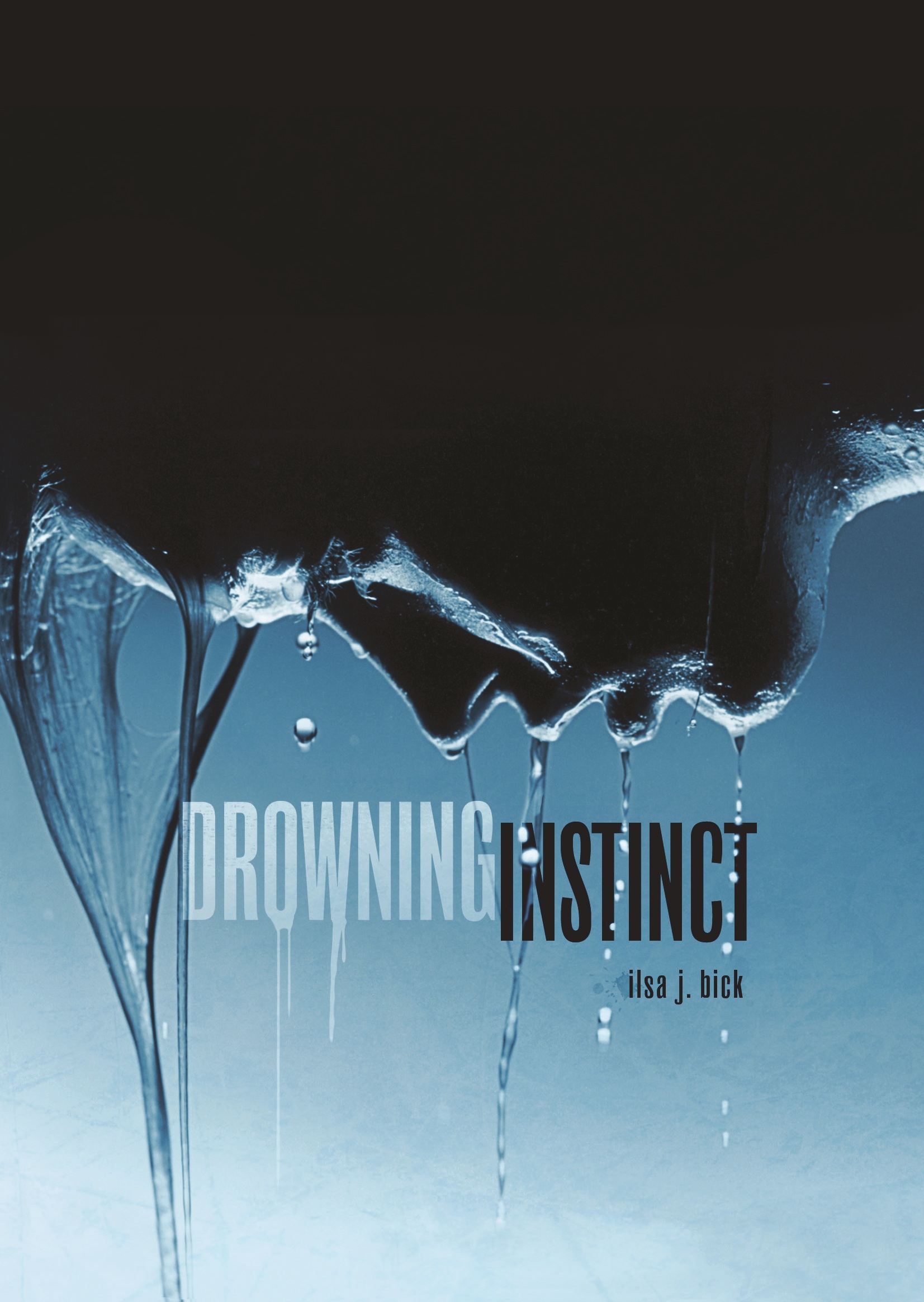There was this old commercial for Chiffon margarine from back in the 70s that I remember very well. I’ll let the spot speak for itself.
Now, if you’re like me, you’ve been keeping tabs on Hurricane Irene. There’s something about disaster/impending disaster/near-brushes that really captures our attention. Maybe the threat alone speaks to some primitive portion of our brains that we normally don’t pay attention to but strokes those hairs at the back of our necks. Or it might not be anything more mysterious than the reassurance we feel after we’ve walked out of a particularly good disaster flick: It was just a movie.
The problem for me–and I’m not just being a pessimistic Freudian here–is that I see disaster unfolding and warning flags everywhere, from the decline in signal species like amphibians–be honest, when was the last time you wandered into a nicely damp area of woods and heard peepers, or a bullfrog?–to declining water levels (news flash: the Great Lakes are down, for a whole bunch of very bad reasons and not all of them are related to insufficient snowpack); rising numbers of wildfires (worst year in Yellowstone in decades); drought (particularly bad in virtually all of the Southwest; Texas is in real trouble; and can anyone say Dust Bowl?); the rise in invasive species in lakes and on land; more and increasingly violent storms . . . well, the list goes on and on. Sure, you can look away; you can choose not to watch. But real life has a habit of not going away.
Like so many other themes, disaster flicks have changed in recent years to reflect this reality. Each decade/generation has its own, peculiar fears–from the Red Scare to nuclear war to alien invasion–and this generation is no different, churning out some very interesting movies which reflect environmental disasters of our own making. They serve to remind us that we are part of an ecosystem that, once tainted, can be unforgiving, and no matter how masterful we think we are, Mother Nature really does have the last laugh. These are cautionary tales as powerful as any alien apocalypse–and the fact that some are documentaries serve to remind us that the worst we can imagine might not be far from the truth.
5. The Day After Tomorrow (Roland Emmerlich; 2004): Global warming is the catalyst for a New Ice Age in this visually stunning film. As usual, no one pays attention to the geeky, if terrifically hunky, climatologist (Dennis Quaid) until way too late. What I truly love about this film is the potshot at then-Vice President Cheney.
4. Darwin’s Nightmare (Hubert Sauper; 2004): Released the same year as DAT, this is a documentary that follows the disasterous introduction of the Nile perch to Tanzania’s Lake Victoria. The eradication of hundreds of endemic species is only a part of an environmental catalyclism as large-scale farming also decimates local villages and the very planes which fly out perch to European markets ferry in weapons for the region’s endless wars. Not only are the weapons killing the people, so is their industry as they starve, unable to afford the very fish they catch. If you think something like this hasn’t happened in the U.S. by the way–not the war-part but the introduction of competitor species–think again. Cutthroat trout populations have been on the decline for decades, thanks to human seeding of more aggressive and resilient species. The transatlantic introduction of rainbow trout to Europe was directly linked to an epidemic of whirling disease, caused by a parasite in the endemic European brown trout population. The disease spread to North American fish populations when the infected fish were shipped back for breeding purposes. While this documentary suffers from a lack of subtitles in many sections, but it’s still worth watching.
3. Wall-E (Andrew Stanton; 2008): Considering the spate of animated films (Ice Age, 2002; Ice Age: The Meltdown, 2004; Happy Feet, 2006), there must be something about cute cartoon animals or robots that allows us to watch something truly depressing and horrible. I think it’s the one-step-removed thing. Certainly that’s the case with Wall-E, a splendid Pixar production that follows the adventures of a lone and lonely little romantic of a waste-collecting robot left behind on a garbage-strewn Earth. The film’s vision of future mankind isn’t flattering; they are obese, useless, hedonistic blobs . . . something too close to real life, you ask me.
2. The Day the Earth Stood Still (Scott Derrickson; 2008): This remake of the 1951 original swaps out the Cold War and the attendant nuclear arms race for mankind’s decimation of the environment as the imperative for Klaatu’s warning: change your wasteful, destructive ways, or we’ll make sure you don’t taint the rest of the universe. That anyone would care if we sink in our own stew is mind-boggling enough (we’re really that powerful?), but that we need an alien to give us a wake-up call is a tad depressing.
1. An Inconvenient Truth (Davis Guggenheim; 2006): Another documentary, this time with Al Gore expanding on the dangers of global warming. No matter what your politics, this is a scary, sobering, terrifyingly accurate lecture on what has happened, is happening and will happen to the Earth if we don’t do something. People’s memories are so short, though; every time a snowstorm blows through, I hear folks talking about how global warming is a crock; that climate change has always happened and yada, yada, yada. Maybe that’s because they’re prefer to bury their heads in the sand. Well, they might just get their wish, if the current droughts and decline in lake and inland sea water levels continue at their frightening and ever-accelerating clip. And don’t get me started on the polar ice caps. Gore says that a natural reaction to this kind of bad news is to get depressed and fatalistic. Hard not to be, especially when I see what’s not been done in the five years since this film was made. Wake up, people. Forget Al Gore; forget politics. For the polar bears, it might already be too late.
